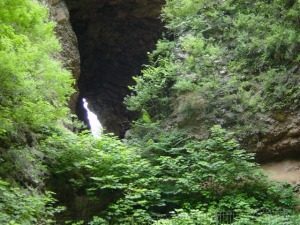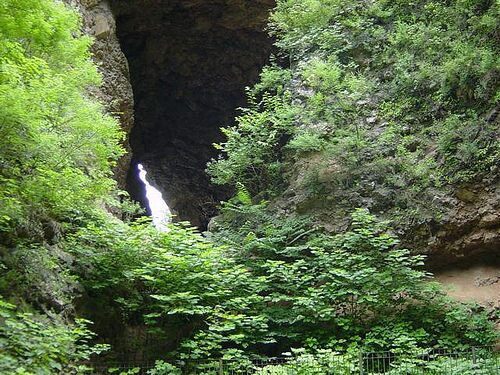
Mathematical modeling suggests that fire use by early humans during the Pleistocene may have allowed tuberculosis to emerge as a transmissible human disease, possibly through increased susceptibility to lung infection due to smoke inhalation and increased opportunities for disease transmission in gatherings around community fires; the recent study* findings, published in the Proceedings of the National Academy of Sciences, suggest that cultural innovation and altered living conditions can influence the emergence of infectious diseases.
More specifically, the study authors suggest that during a time of significant ecological and human social change in the Pleistocene period, expanding range extensions may have led to consumption of new food sources and altered energy requirements, increasing the exposure of early humans to the natural supply of MTBC (Mycobacterium tuberculosis complex) found initially in the soil. The enhanced exposure, combined with increasing human susceptibility to mycobacterial infection because of smoke-induced lung damage and new opportunities for transmission created by the developing social culture catalyzed by the use of fire may have sparked the evolution of MTBC as a specialized human pathogen.
________________________________________
The Pleistocene cave sit of Zhoukoudian in China, where evidence was found for some of the earliest human uses of fire. Wikimedia Commons
_____________________________________________________
Source: Adapted and edited from the subject news release of the Proceedings of the National Academy of Sciences.
_____________________________________________________
*“Controlled fire use in early humans might have triggered the evolutionary emergence of tuberculosis,” by Rebecca H. Chisholm, James M. Trauer, Darren Curnoe, and Mark M. Tanaka, Proceedings of the National Academy of Sciences.
_____________________________________________________

______________________________________________
Travel and learn with Far Horizons.
____________________________________________
This richly illustrated issue includes the following stories: Recent findings shedding new light on the whereabouts of the remains of Philip of Macedon, father of Alexander the Great; how an archaeologist-sculptor is bringing bones of the dead back to life; archaeologists uncovering town life at the dawn of civilization; an exclusive interview with internationally acclaimed archaeologist James M. Adovasio about what makes the Meadowcroft Rockshelter prominent in the ongoing search for the first Americans; what archaeologists are finding at the site of the ancient city of Gath, the home town of the biblical Philistine giant, Goliath; and how scientists are redrawing the picture of human evolution in Europe. Find it on Amazon.com.








